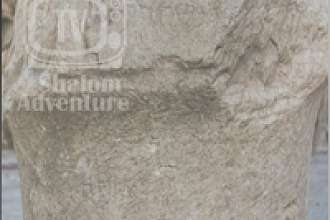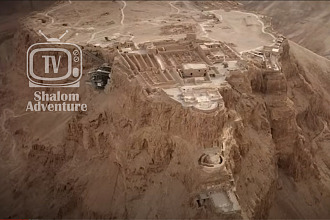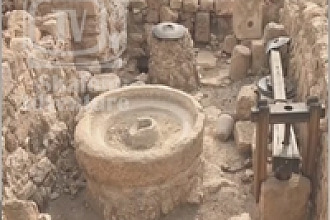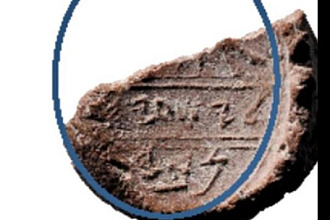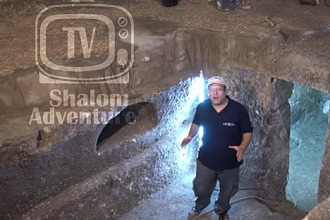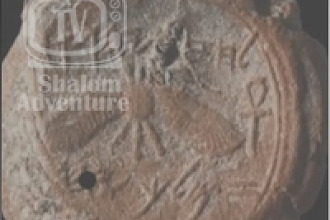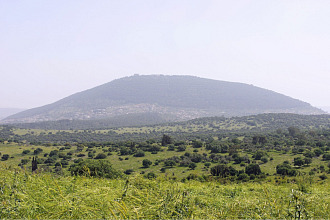The city of Gath (1 Sam. 6:17) was one of the main cities of the Philistines who were enemies of the Israelites in the Old Testament.
It is one of the largest archaeological sites in Israel. This city was famous for being the hometown of Goliath (1 Sam. 17:4) and one of the places the Ark of the Covenant was taken to when it was captured (1 Sam. 5:8). Over the last few years archaeologists have been making a number of important discoveries there that is shedding more light on the Philistines.
In 2010 excavators from Bar-Ilan’s University at Tell es-Safi (the site for the city of Gath) uncovered a Philistine temple that featured two central pillars. This design brought to mind the story of Samson in Judges 16 where he killed a large gathering of Philistines by toppling over the two main supporting pillars of the temple of Dagon.
In addition to the discovery of the temple archaeologists this year made the announcement that a 2-horned stone altar (see photo) was found at Gath. The altar is approximately one meter tall, half a meter wide and half a meter long. This is about the same size as the altar of incense in the Holy Place of the Tabernacle (cf. Ex. 30)! The altar at Gath is the earliest stone altar from Philistia and one of the earliest altars from the Iron Age.
As one archaeologist pointed out to the Jerusalem Post newspaper, “‘It doesn’t mean that we’re one day going to find a skull with a hole in its head from the stone that David slung at him,’ Maeir added, speaking of Goliath,” but from these excavations archaeologists are helping us gain a better understanding of the Bible and the cultures mentioned in it.









